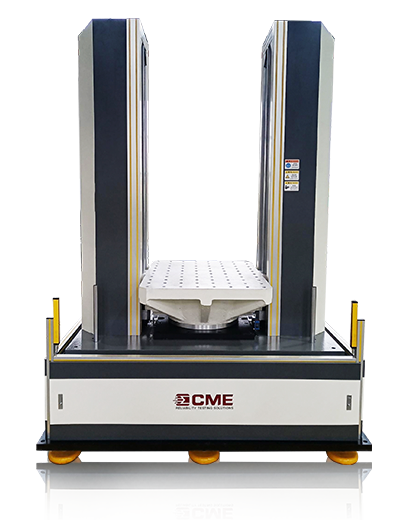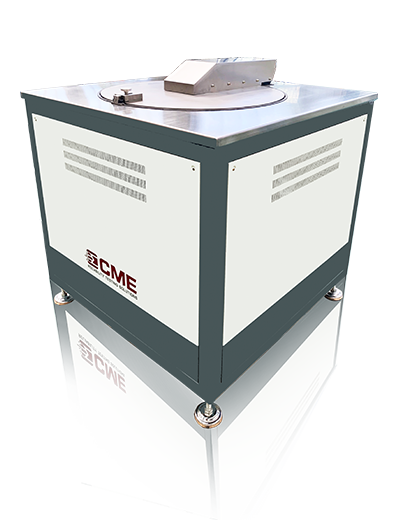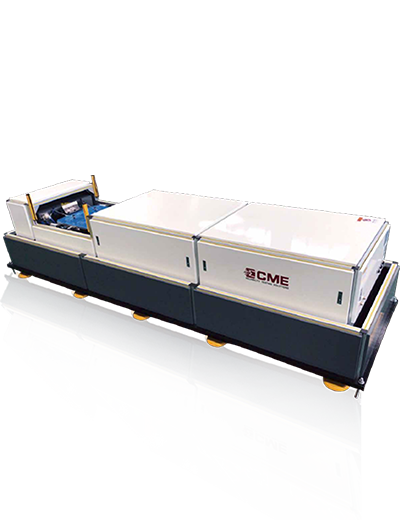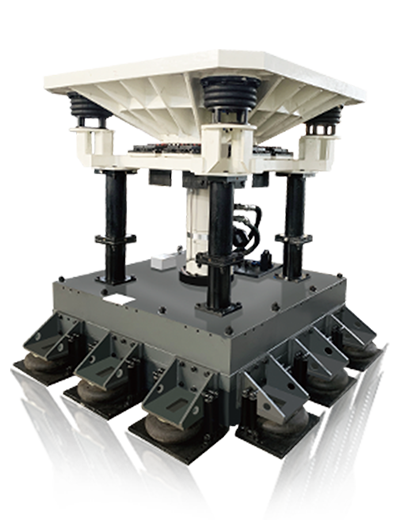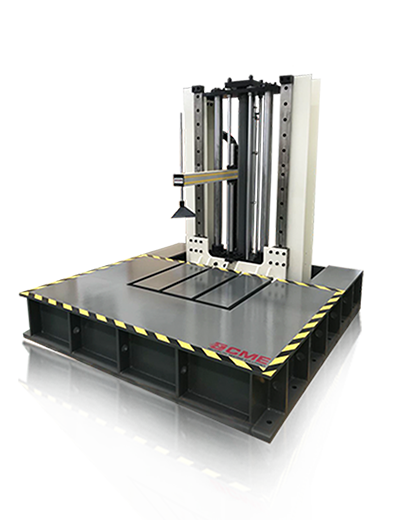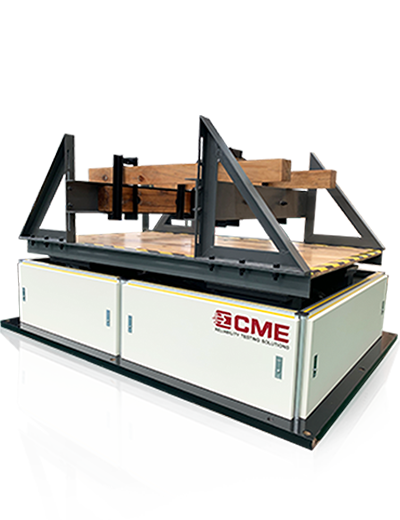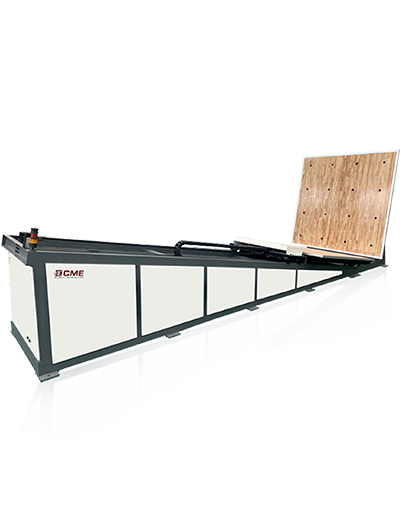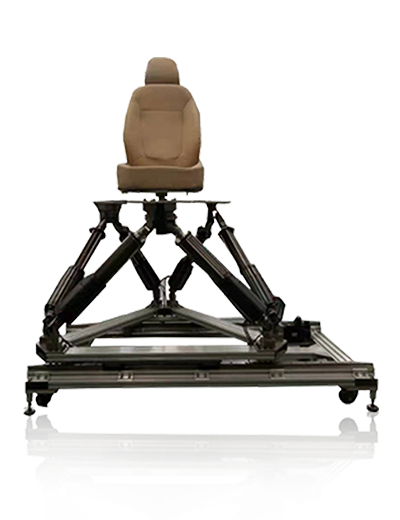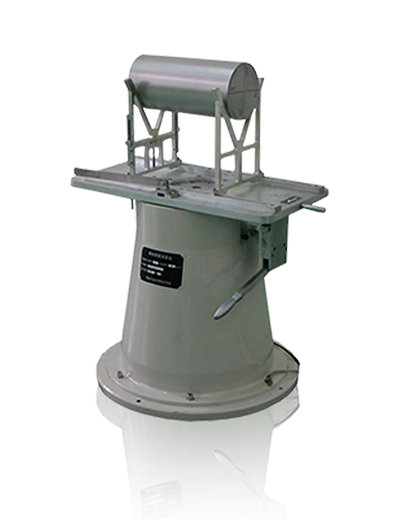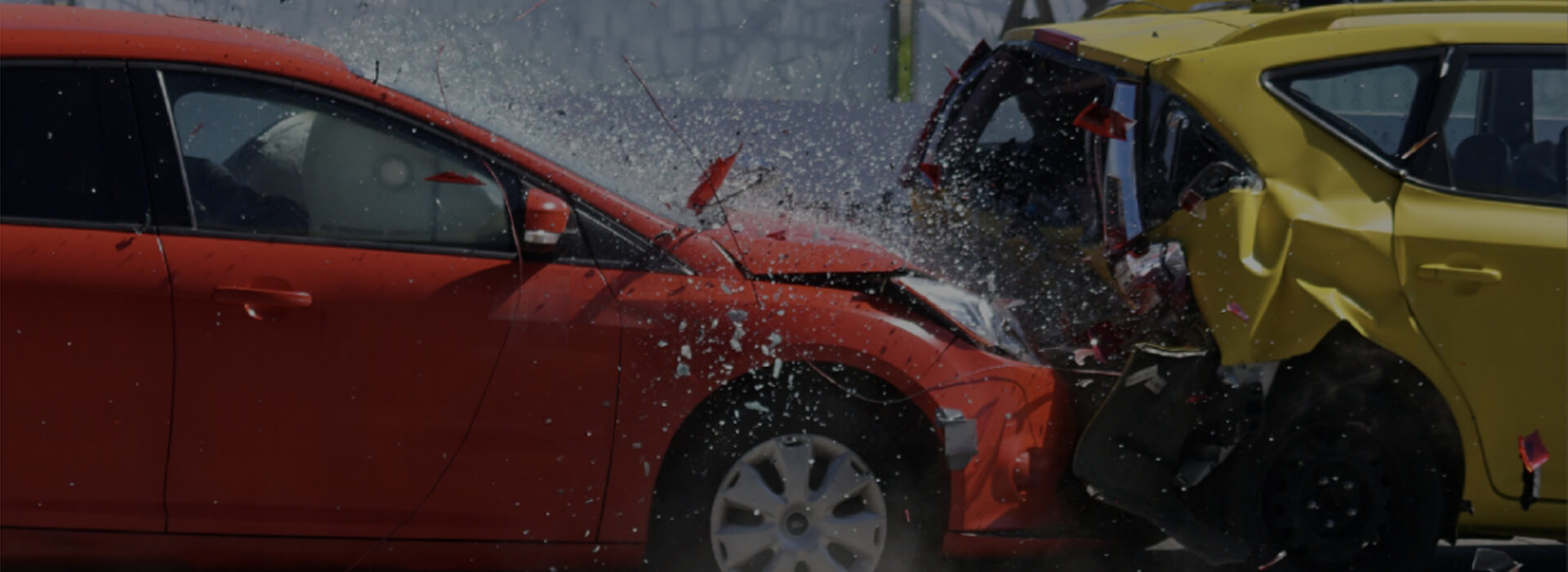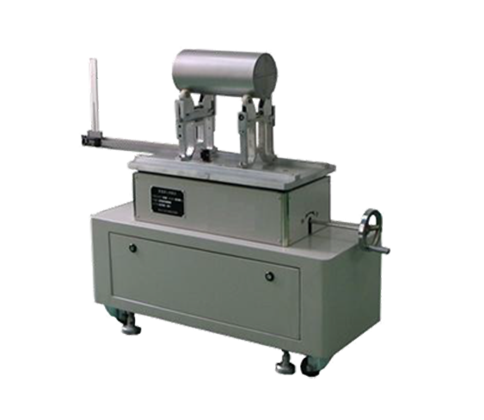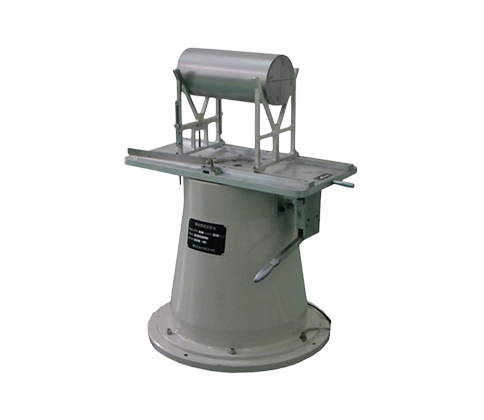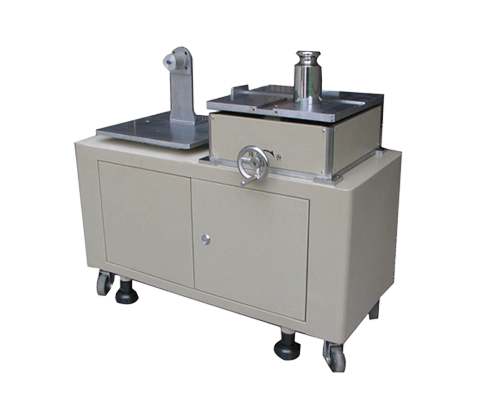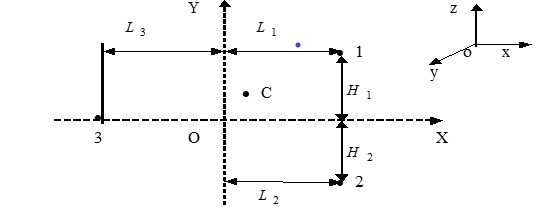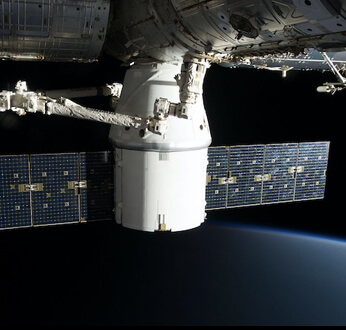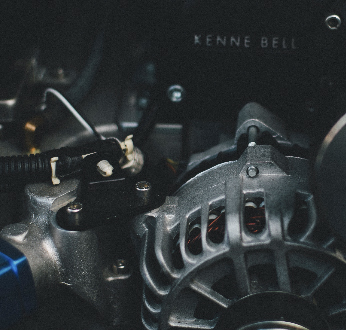The center of gravity (CG) (or center of mass) of an object is the average location of the weight (or mass). It's a crucial mass property in the fields of aerospace, defense, automotive and related industries for the performance and safety of products. An object suspended from its center of gravity in space will be perfectly balanced. The center of mass is a useful reference point for calculations in mechanics that involve masses distributed in space, such as the linear and angular momentum of planetary bodies and rigid body dynamics.
A force not applied through the center of gravity makes the object rotate about its center of gravity. In flight, both airplanes and rockets rotate about their centers of gravity. When it comes to design of aircraft, spacecraft and even automobiles, calculating the center of gravity is an important part of the process.










